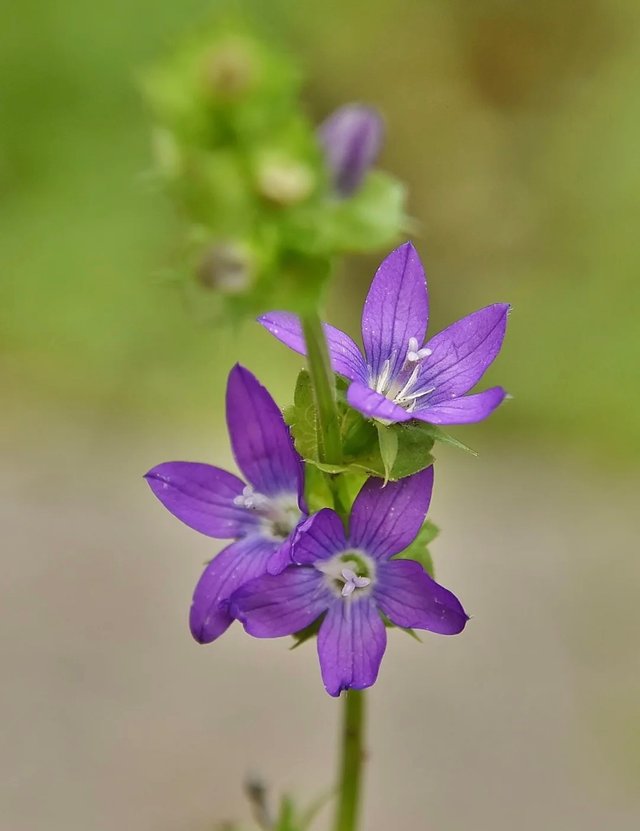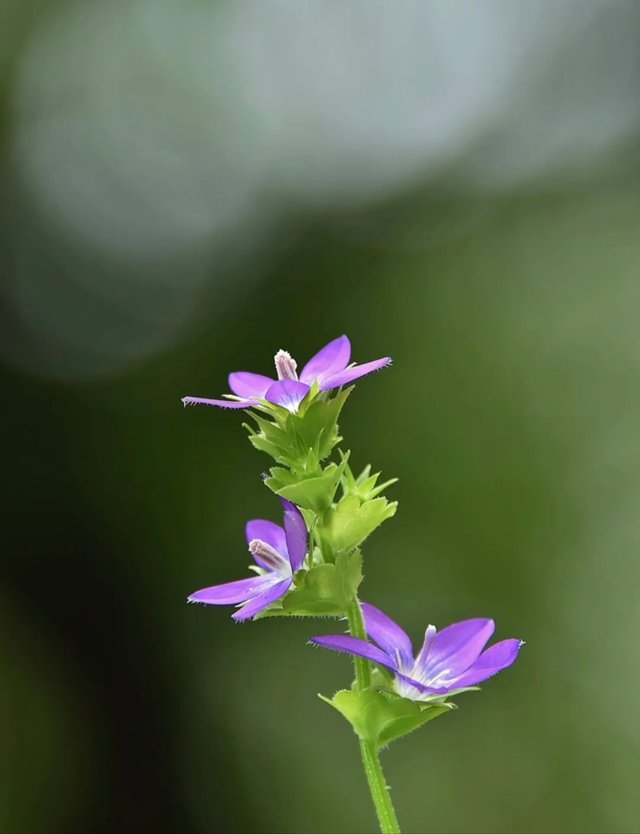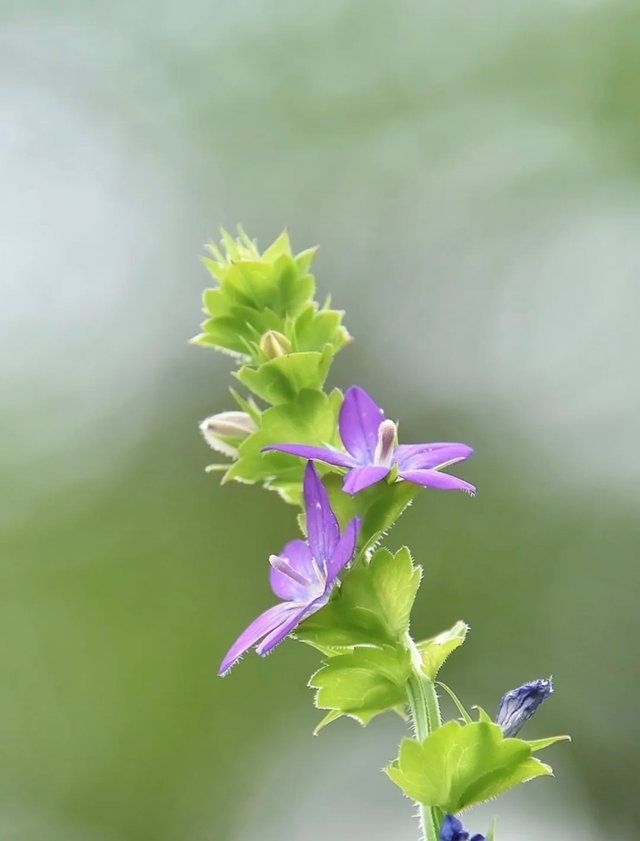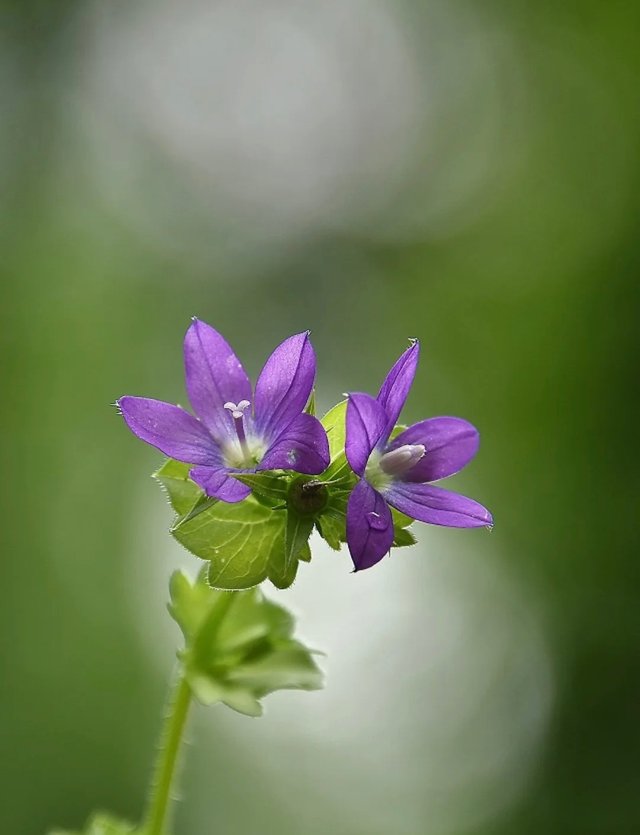Discovering the Hidden Beauty of Triodanis biflora
When it comes to wildflowers that quietly charm their way into the hearts of plant lovers, few are as enchanting and underappreciated as Triodanis biflora, commonly known as the Small Venus’ Looking Glass. This delicate, purple-flowered plant might not command the same attention as more flamboyant blooms, but its subtle beauty and fascinating biology make it a hidden gem of North American flora.The name Venus’ Looking Glass harks back to early botanical romantics, who believed the flower resembled a mirror fit for the goddess Venus. The biflora in its name suggests two-flowered, hinting at its unique flowering habits.
Though small, the flowers of Triodanis biflora provide nectar and pollen for a variety of small native bees and insects. The plant’s presence in wildflower mixes and naturalized settings helps support pollinator populations and maintain biodiversity.Additionally, its cleistogamous flowers ensure reproduction even when pollinators are scarce, a clever evolutionary advantage.
The cleistogamous flowers of Triodanis biflora are fascinating because they never open—yet they still produce viable seeds. These self-pollinating flowers develop quietly in the leaf axils, often going unnoticed unless you're looking closely! Triodanis biflora may not be the showiest wildflower, but its quiet elegance, adaptive strategies, and ecological contributions make it a plant worth appreciating. Whether you’re a botanist, gardener, or someone who simply loves taking walks in nature, keep an eye out for this little purple wonder next time you're in a meadow or roadside habitat.




